The perineal care market in the U.S. is expected to grow at a steady pace during the forecast period from 2024 to 2032, with a projected CAGR of 4%. Perineal care, which refers to maintaining hygiene in the perineum—the area between the anus and genital organs—plays a vital role in preventing infections, skin irritation, and a range of other complications. As the U.S. population ages and healthcare needs evolve, the demand for perineal care products is expected to rise significantly.
This article delves into the key drivers, trends, and challenges impacting the perineal care market in the United States. It also examines the segmentation, growth opportunities, and competitive dynamics that are shaping the industry’s future.
United States Perineal Care Market
Perineal care, also known as intimate hygiene care, includes the cleaning and maintenance of the perineum. It is crucial for preventing infections, reducing discomfort, and ensuring overall genital and urinary health. The perineum is highly susceptible to bacterial infections, especially in people with reduced mobility, the elderly, pregnant women, and individuals recovering from surgery.
In healthcare settings, particularly hospitals, nursing homes, and home care environments, proper perineal care is critical to reducing the risk of hospital-acquired infections (HAIs), pressure ulcers, and other health conditions. Over the years, the awareness of the importance of perineal hygiene has increased, leading to greater consumer adoption of hygiene products specifically designed for perineal care.
Key Factors Driving Market Growth
Several factors are contributing to the expansion of the perineal care market in the United States:
- Aging Population: The aging demographic in the United States is one of the primary drivers of the market. As people age, they often experience limited mobility and may have chronic health conditions, making proper perineal hygiene more critical. The growing elderly population is thus a key contributor to the increasing demand for perineal care products and services.
- Rising Awareness About Hygiene: Consumers are becoming more aware of the importance of hygiene, particularly for sensitive areas of the body like the perineum. This growing awareness is leading to a rise in demand for products that help maintain intimate hygiene. Educational campaigns, increased media coverage, and better information on hygiene practices have further boosted the market.
- Technological Advancements: Advances in medical technology have led to the development of more effective, user-friendly perineal care products. These include wipes, sprays, and creams that offer antibacterial and antifungal properties. Innovations aimed at improving product effectiveness and convenience are expected to drive market growth.
- Rising Prevalence of Health Conditions: Conditions such as incontinence, hemorrhoids, urinary tract infections (UTIs), and other genitourinary disorders increase the need for specialized perineal care. The growing incidence of these conditions among both the aging population and younger individuals is fueling the demand for effective hygiene products and solutions.
- Government Initiatives: Governments and healthcare providers are increasingly focusing on improving healthcare standards, including hygiene practices in healthcare facilities. Policies aimed at preventing hospital-acquired infections (HAIs) and promoting health and hygiene among the elderly are expected to support market growth.
- Rising Awareness in Women’s Health: Women’s health, particularly post-pregnancy hygiene, is also driving demand for perineal care products. Products designed specifically for postpartum care are gaining popularity, leading to increased market penetration in the women’s healthcare segment.
Market Segmentation
The perineal care market can be segmented based on various factors, such as product type, application, and end-users.
By Product Type
- Wipes: Perineal wipes are one of the most widely used products for perineal hygiene. These wipes are designed to be gentle on sensitive skin while effectively removing dirt and bacteria. They are available in various formulations, including alcohol-free, fragrance-free, and hypoallergenic versions.
- Creams and Ointments: Creams and ointments are used to soothe irritation and prevent rashes or infections. They are often used in combination with other perineal care products.
- Sprays: Perineal care sprays are used for quick and effective cleaning and disinfecting. They provide relief from itching and irritation and often include antiseptic properties to reduce the risk of infections.
- Pads and Diapers: Incontinence pads and adult diapers are a key component of perineal care, especially for the elderly population. These products are essential for managing incontinence and ensuring hygiene in people with mobility issues.
By Application
- Hospitals and Healthcare Institutions: Hospitals are the largest segment, as perineal care is essential in healthcare settings to prevent hospital-acquired infections, manage incontinence, and care for post-surgical patients.
- Home Care: Home care services have seen significant growth due to the rising preference for at-home care for the elderly and disabled. Perineal care products are an essential part of home healthcare routines.
- Nursing Homes: With an increasing elderly population, nursing homes are increasingly adopting perineal care products to meet the hygiene needs of their residents.
By End-User
- Elderly Population: The elderly population is a major end-user of perineal care products due to age-related conditions such as reduced mobility and incontinence.
- Pregnant Women: Women during pregnancy or the postpartum period require special care for perineal hygiene, contributing to the growth of this segment.
- Incontinent Patients: Individuals suffering from incontinence due to various reasons, including neurological conditions or urinary tract issues, rely heavily on perineal care products.
- Post-surgical Patients: Post-operative patients, particularly those undergoing prostate, gynecological, or pelvic surgery, require careful perineal hygiene to avoid infections and complications.
Regional Analysis
The United States holds the largest share of the perineal care market in North America. This is due to the high demand for advanced healthcare products, a growing elderly population, and a strong healthcare infrastructure. The Eastern and Western regions of the United States are likely to dominate the market, driven by large populations and an increasing number of healthcare facilities.
Moreover, states with a high elderly population, such as Florida, California, and Texas, are expected to see significant market growth. Additionally, as more people seek to age in place, the demand for perineal care products for home use will continue to rise.
Key Market Trends
- Focus on Natural and Organic Products: With the growing trend towards natural and organic products, many consumers are now opting for perineal care items that are free from chemicals, fragrances, and artificial additives. This trend is gaining momentum, especially among younger and health-conscious consumers.
- Personalized Hygiene Solutions: Companies are increasingly offering personalized products tailored to specific consumer needs. These include products for sensitive skin, medicated creams for specific skin conditions, and wipes that cater to different preferences, such as pH-balanced options.
- E-commerce Growth: The rise in online shopping has made perineal care products more accessible. E-commerce platforms offer convenience, variety, and the ability to deliver directly to consumers’ homes. This trend is expected to drive market expansion, especially in home care products.
Key Players in the United States Perineal Care Market
The competitive landscape of the United States perineal care market includes a mix of global and regional players. These companies are continually innovating to offer new products and solutions that meet the needs of consumers across different segments.
1. Procter & Gamble Co.
P&G is a leading player in the perineal care market with its popular Always Discreet and TENA product lines. The company focuses on high-quality hygiene products designed for comfort and convenience.
2. Kimberly-Clark Corporation
Kimberly-Clark’s Huggies and Poise brands are major contributors to the perineal care market, offering a wide range of incontinence products, wipes, and other hygiene solutions.
3. SCA Hygiene Products
SCA, the parent company of TENA, is a key player in the healthcare and personal hygiene segment. TENA’s comprehensive product range, including incontinence pads, wipes, and creams, is widely used in healthcare settings and homes.
4. Essity AB
Essity, the maker of TENA products, is focused on creating sustainable and innovative solutions in perineal care. Their product lines include a variety of incontinence management solutions and hygiene products.
5. Attends Healthcare Products, Inc.
Attends offers a range of incontinence care products, including pads and adult diapers, specifically designed for the elderly and people with chronic conditions.
6. Coloplast Corp.
Coloplast is another key player in the perineal care market, offering products such as SenSura and Coloplast Care, designed for individuals with urinary incontinence and other conditions that require specialized hygiene care.
FAQs
1. What is perineal care, and why is it important?
Perineal care involves the hygiene and maintenance of the perineum area. It is important to prevent infections, skin irritation, and other complications, especially in individuals with reduced mobility or health issues.
2. What are the key drivers of growth in the perineal care market?
The key drivers include the aging population, rising awareness of hygiene, increasing incidence of incontinence, and technological advancements in product formulations.
3. Which product types dominate the perineal care market?
The most popular product types are perineal wipes, creams, ointments, and incontinence pads. These products are essential for maintaining hygiene and preventing infections.
4. What are the major trends in the perineal care market?
Major trends include the demand for natural and organic products, personalized hygiene solutions, and the growth of e-commerce for easier access to perineal care products.
5. Which regions are expected to lead the United States perineal care market?
The Eastern and Western regions, particularly states with a high elderly population like Florida, California, and Texas, are expected to dominate the market. https://techners.net/



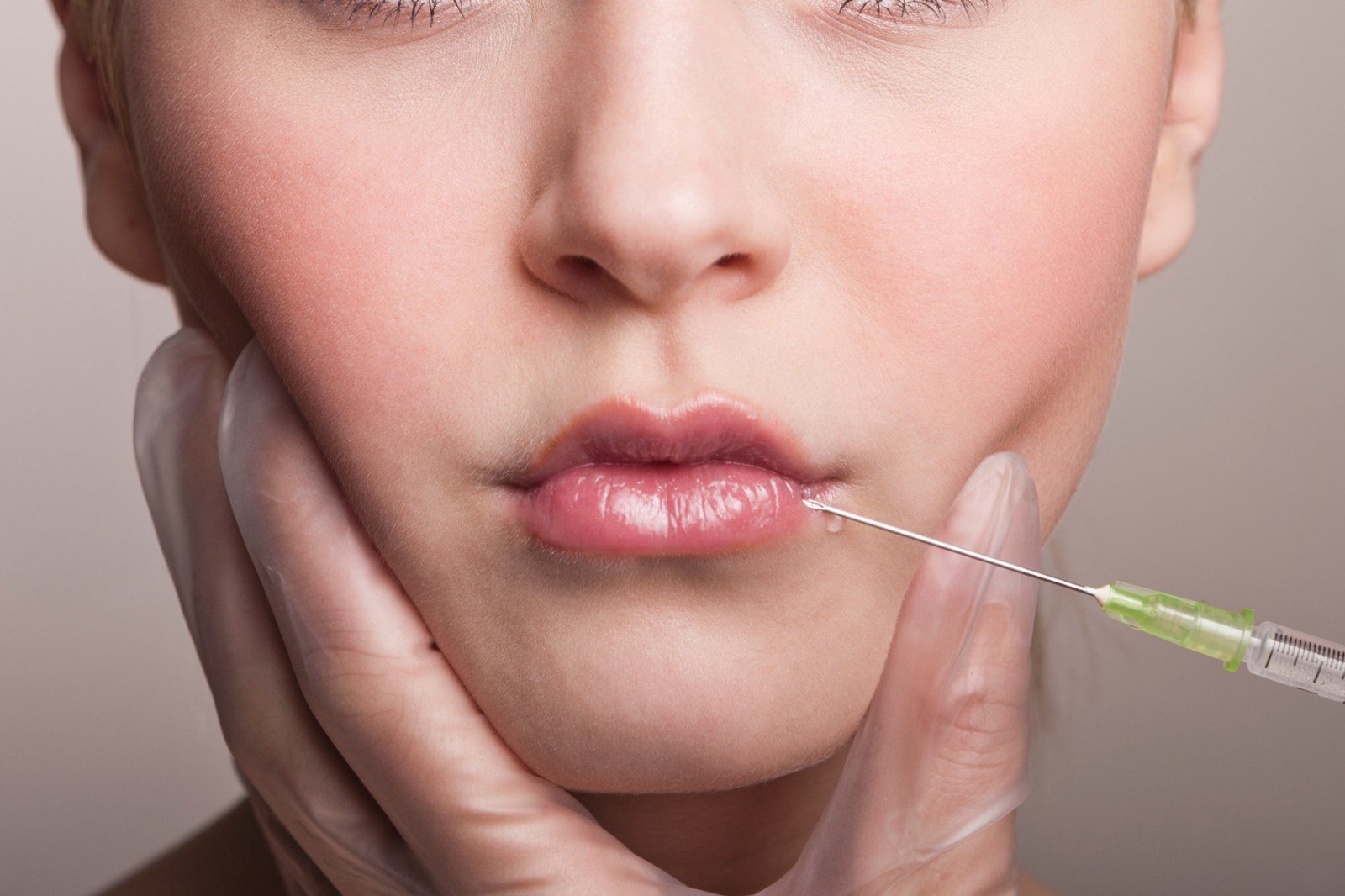



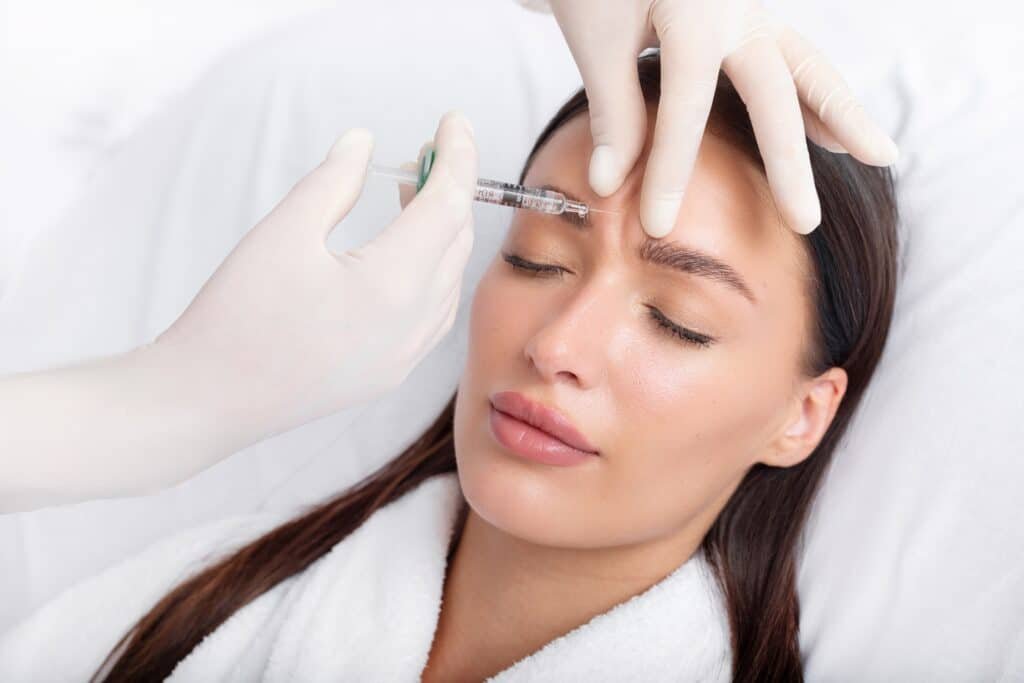
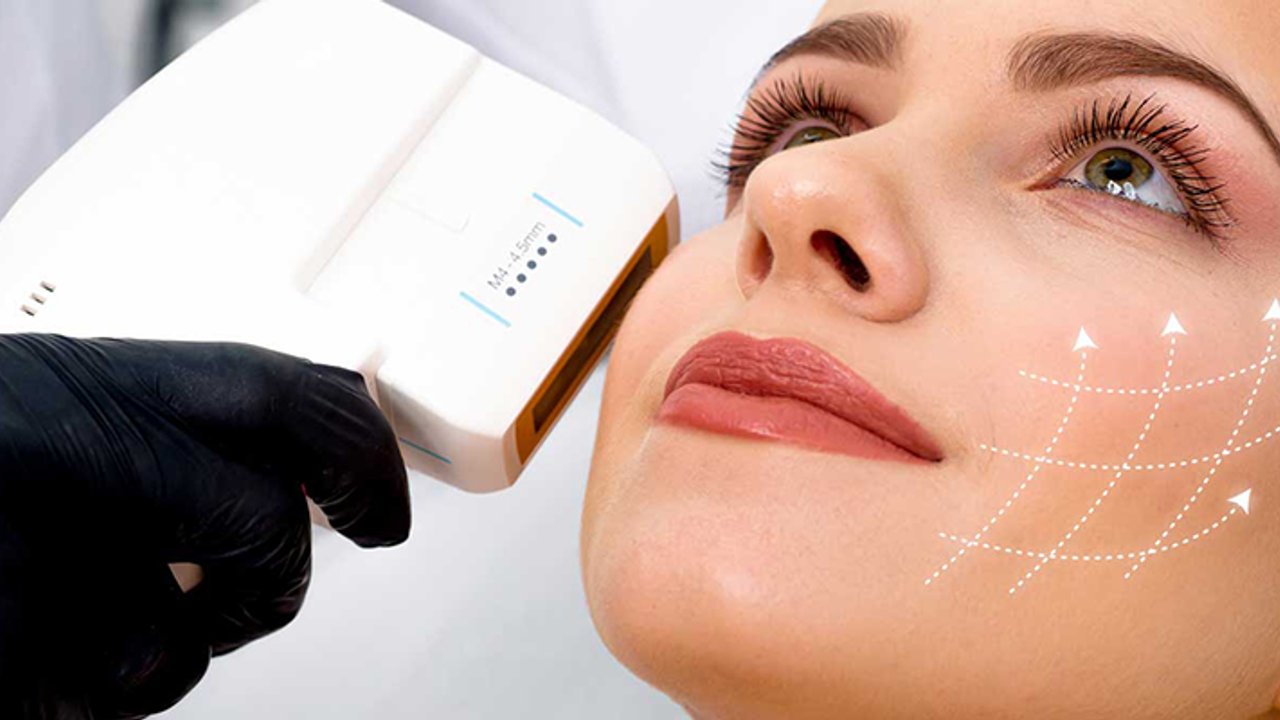
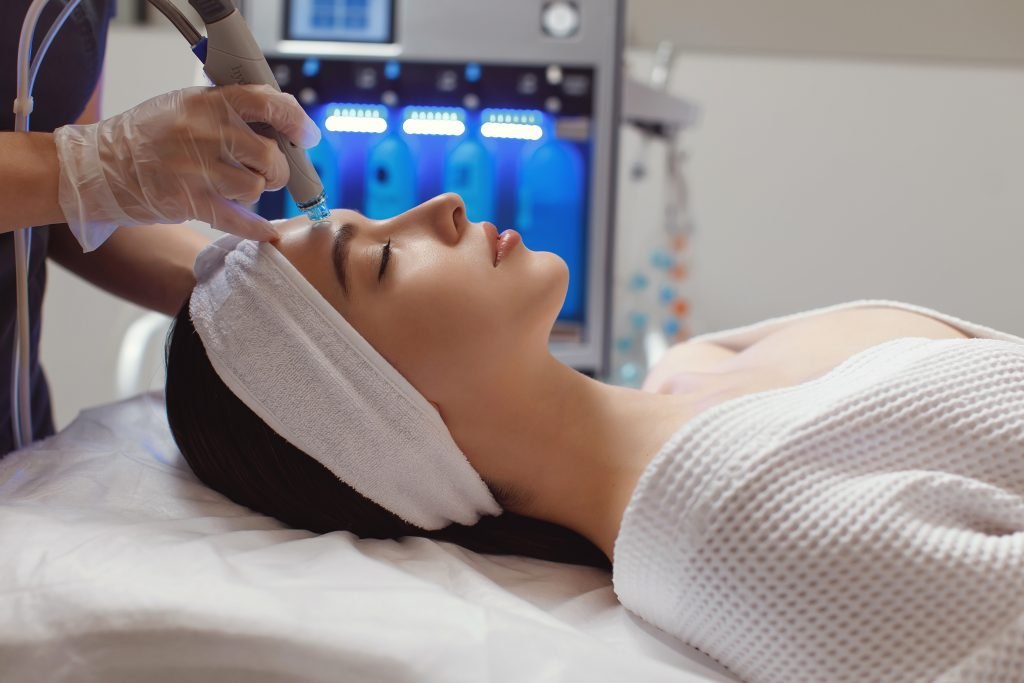
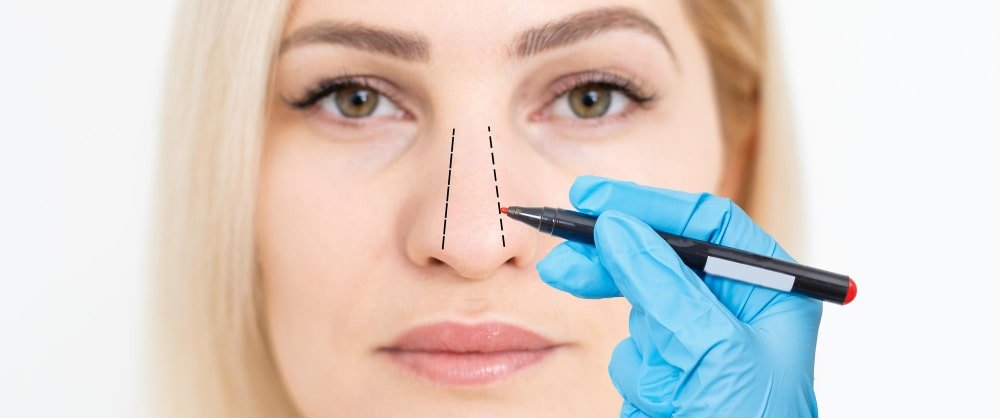
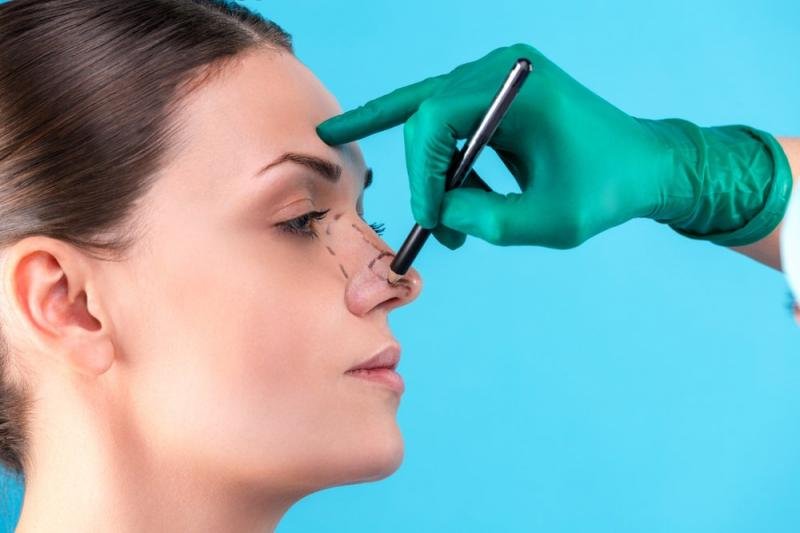




Leave a Reply